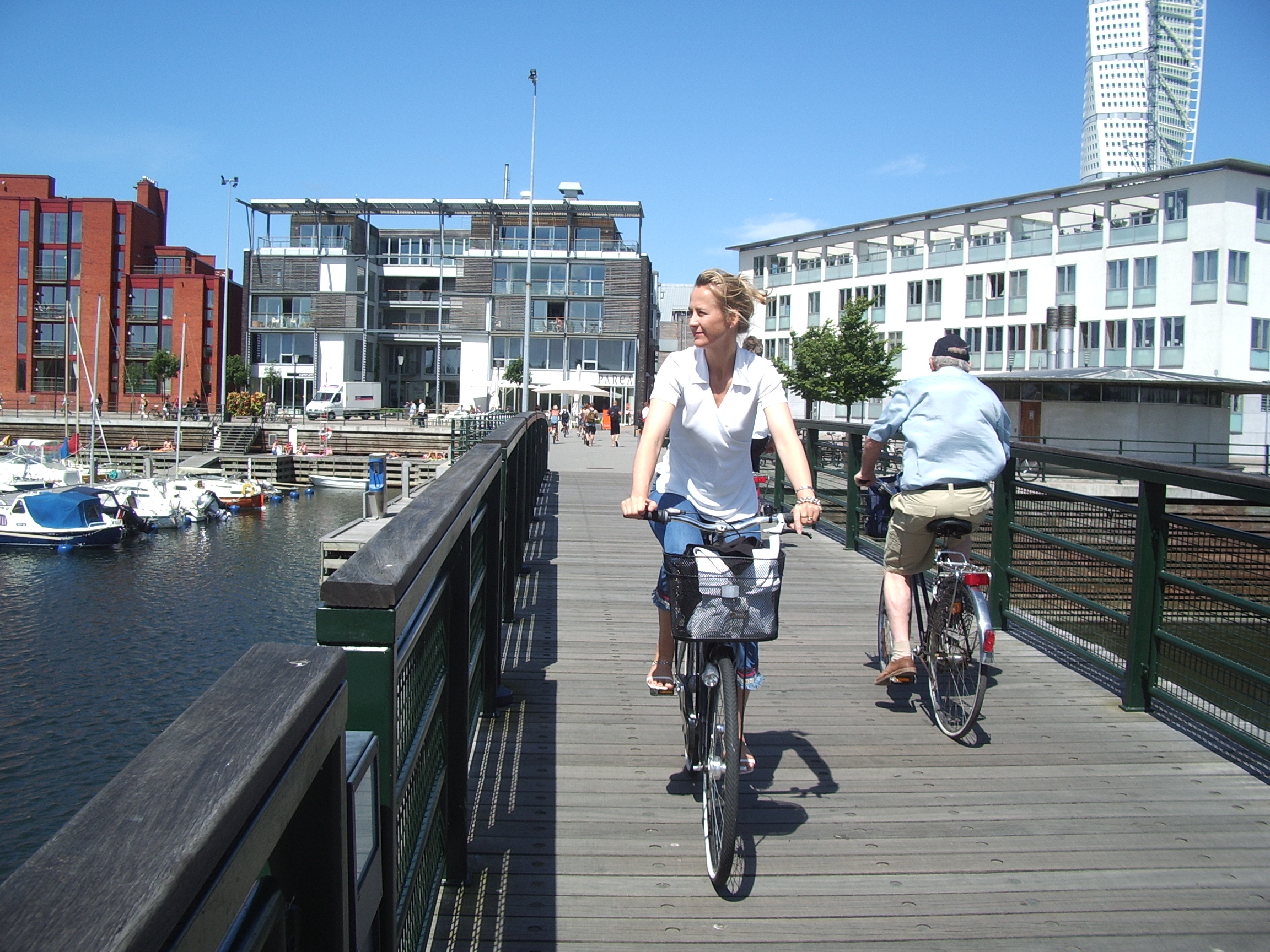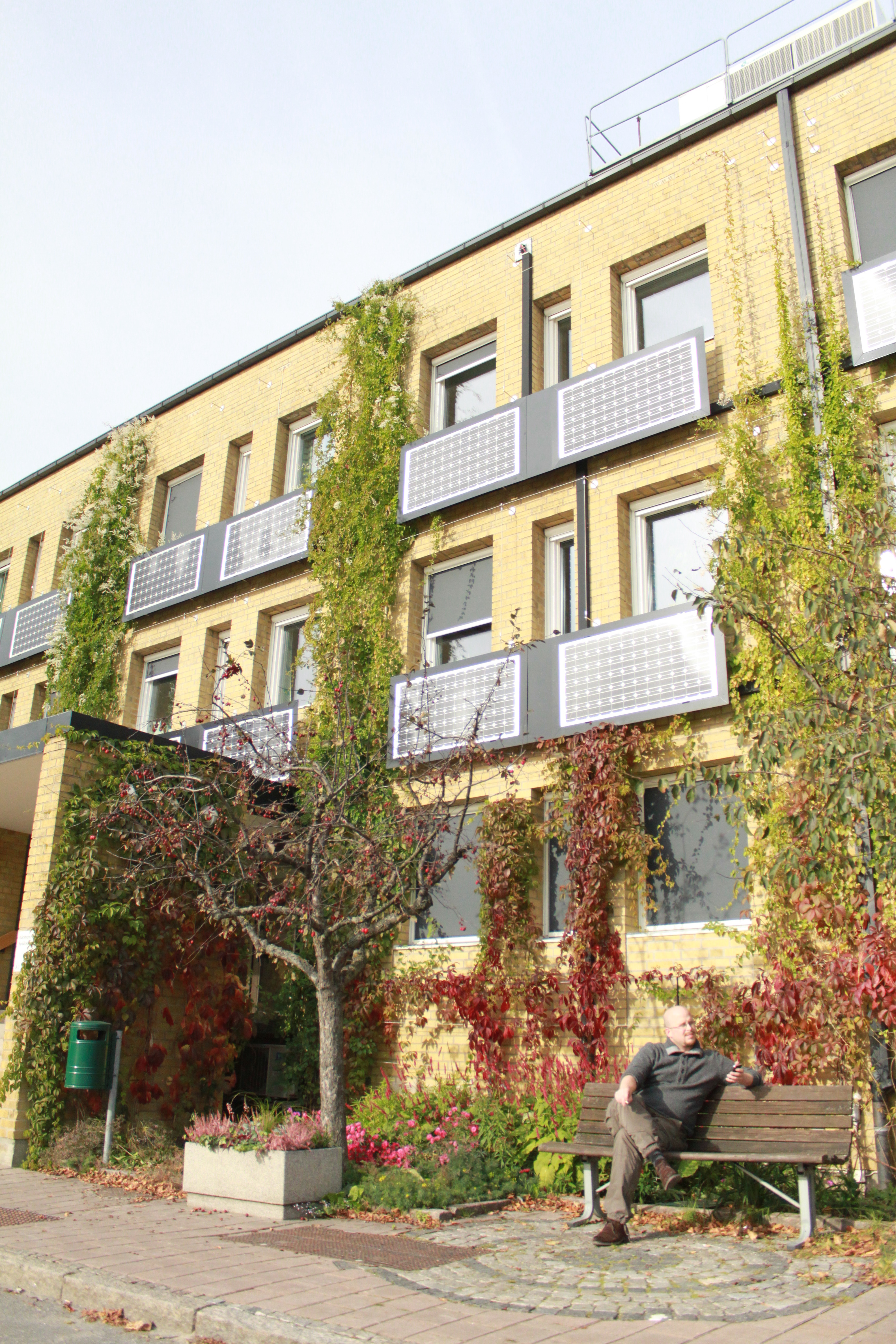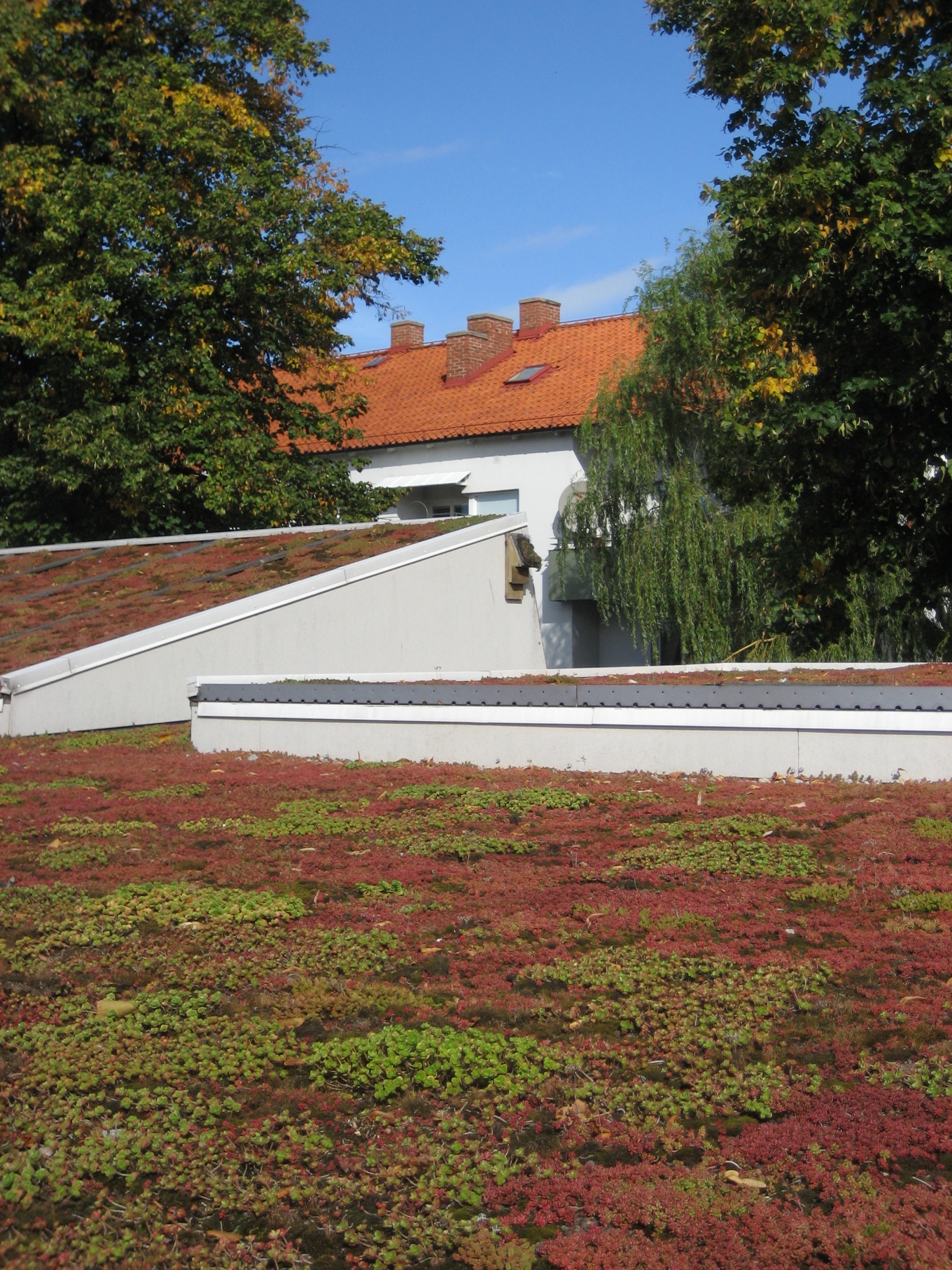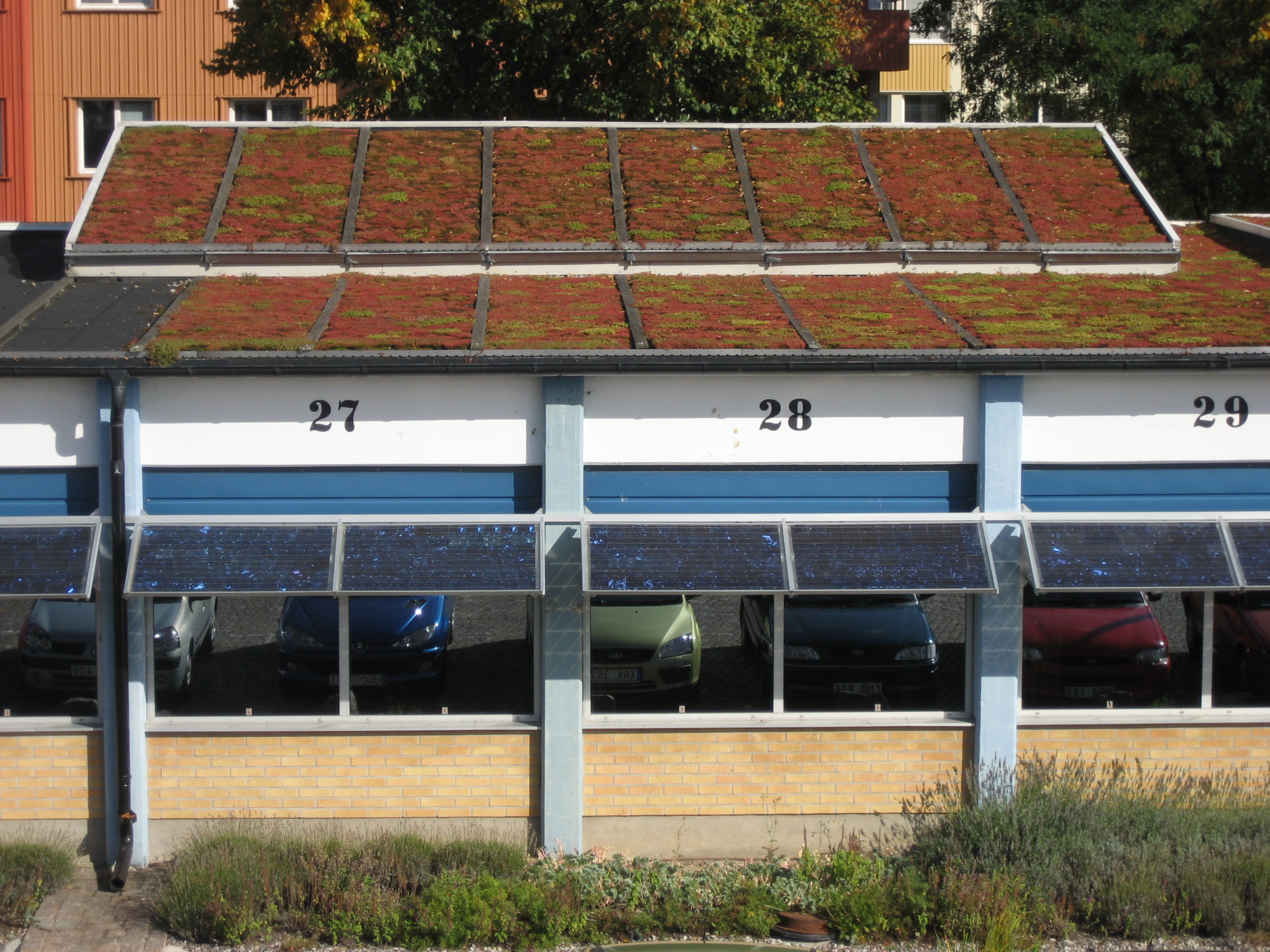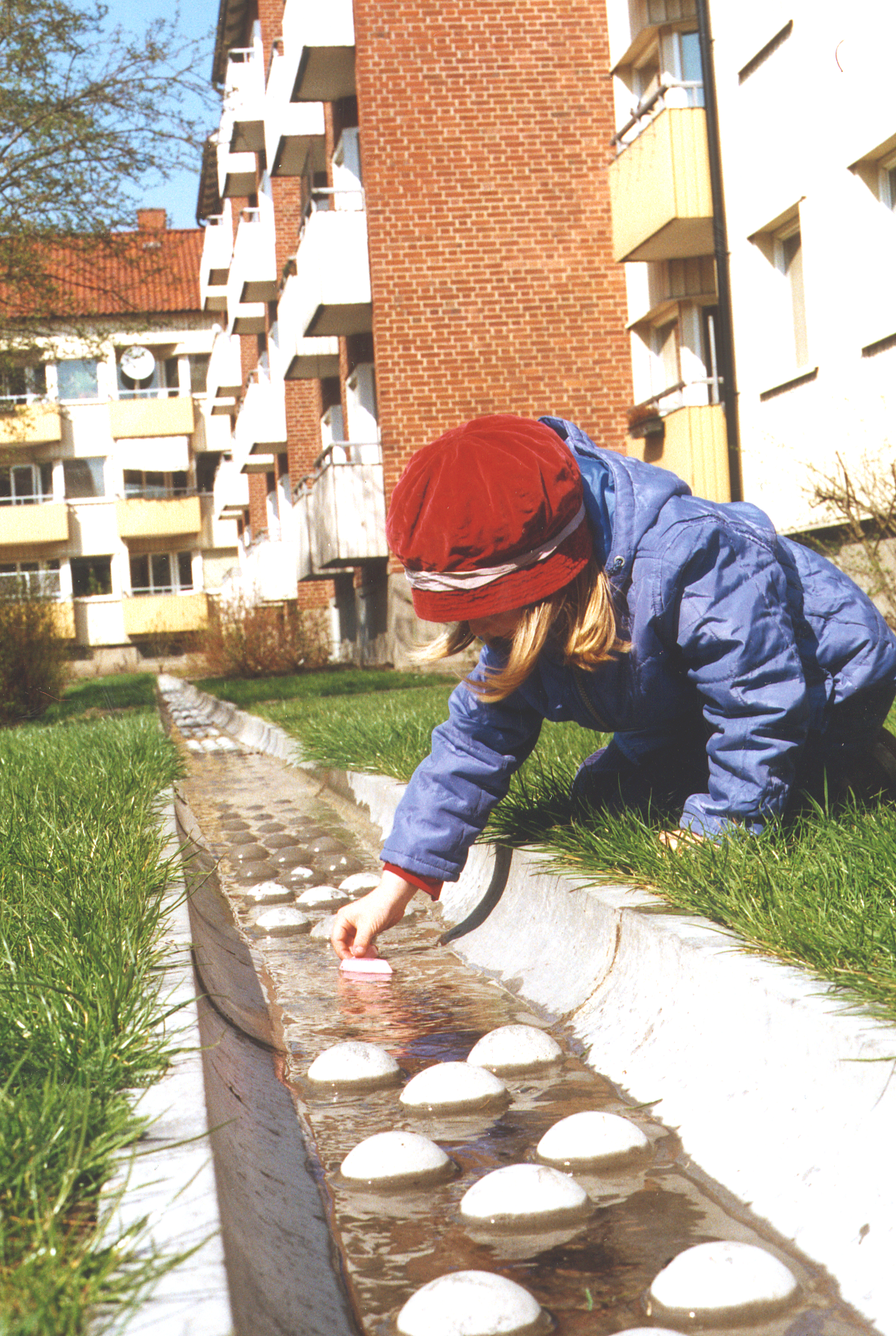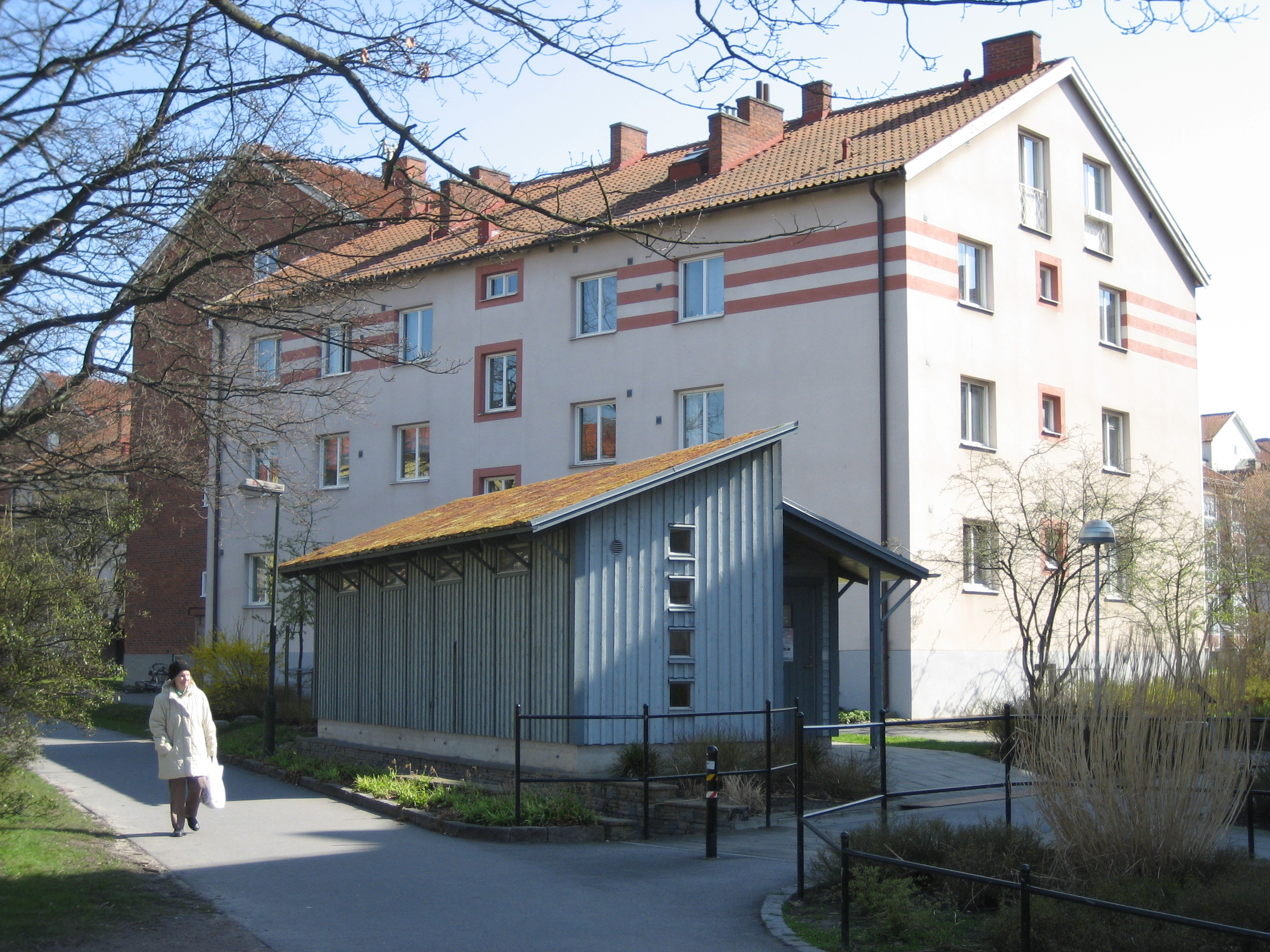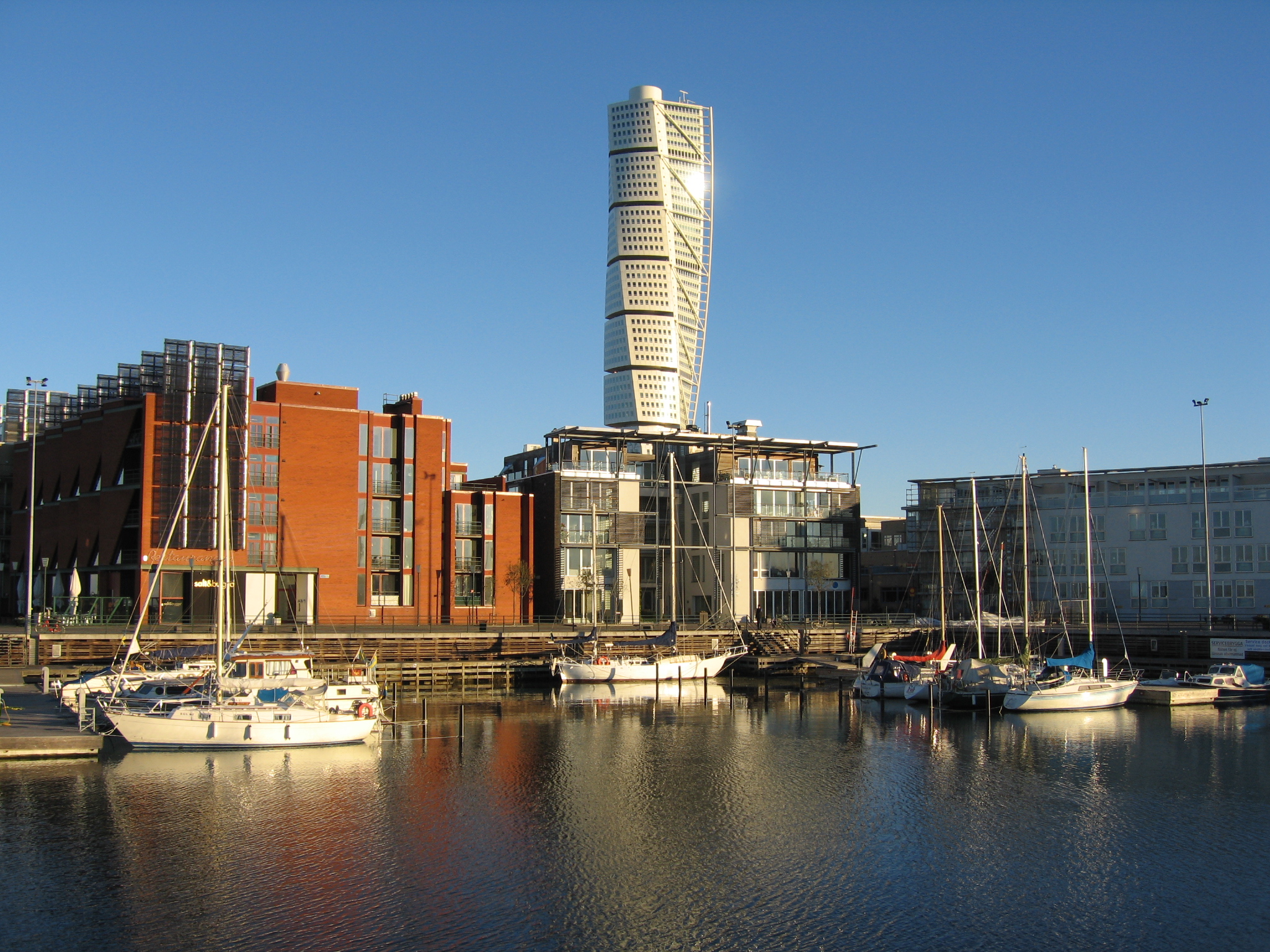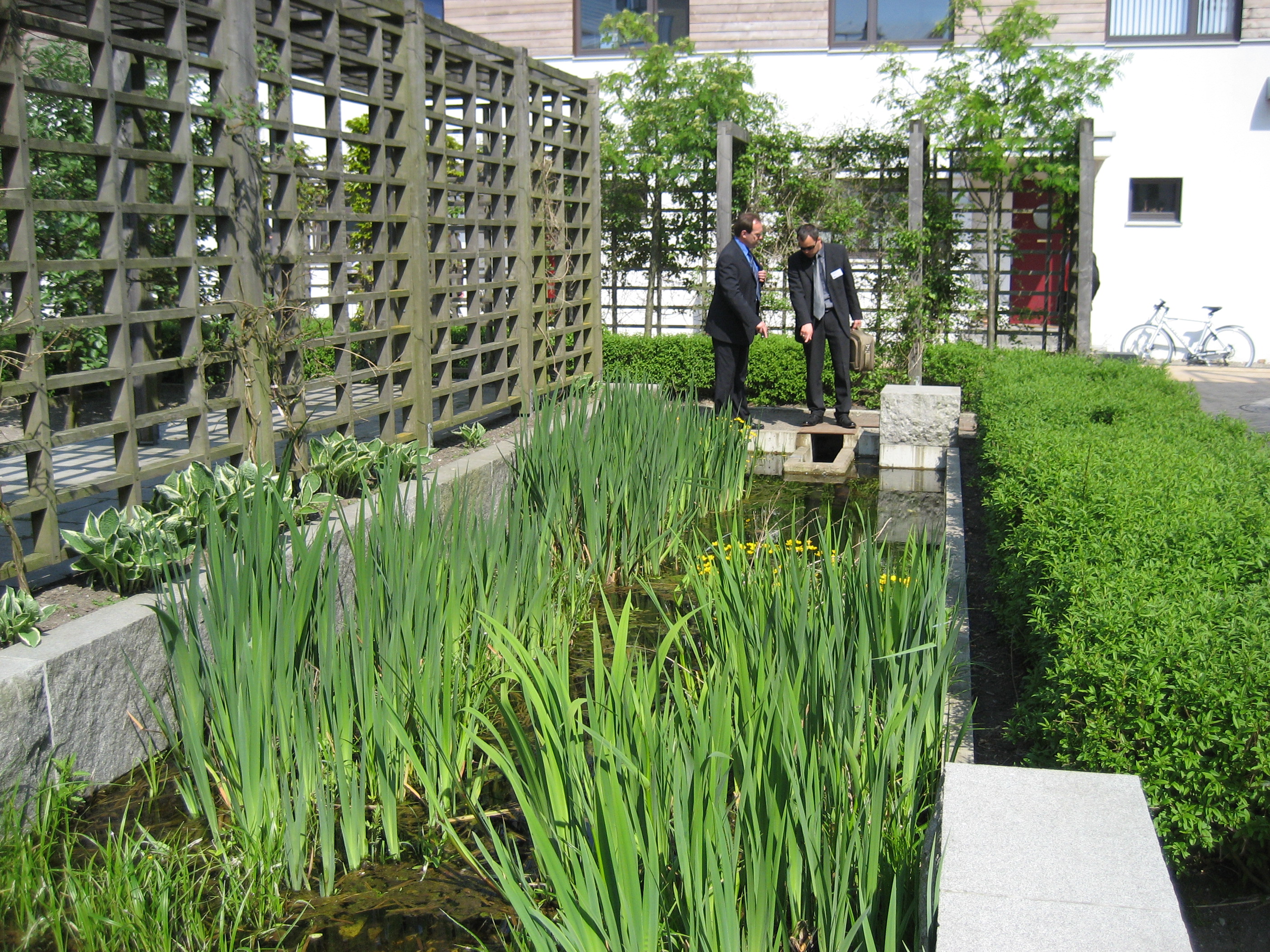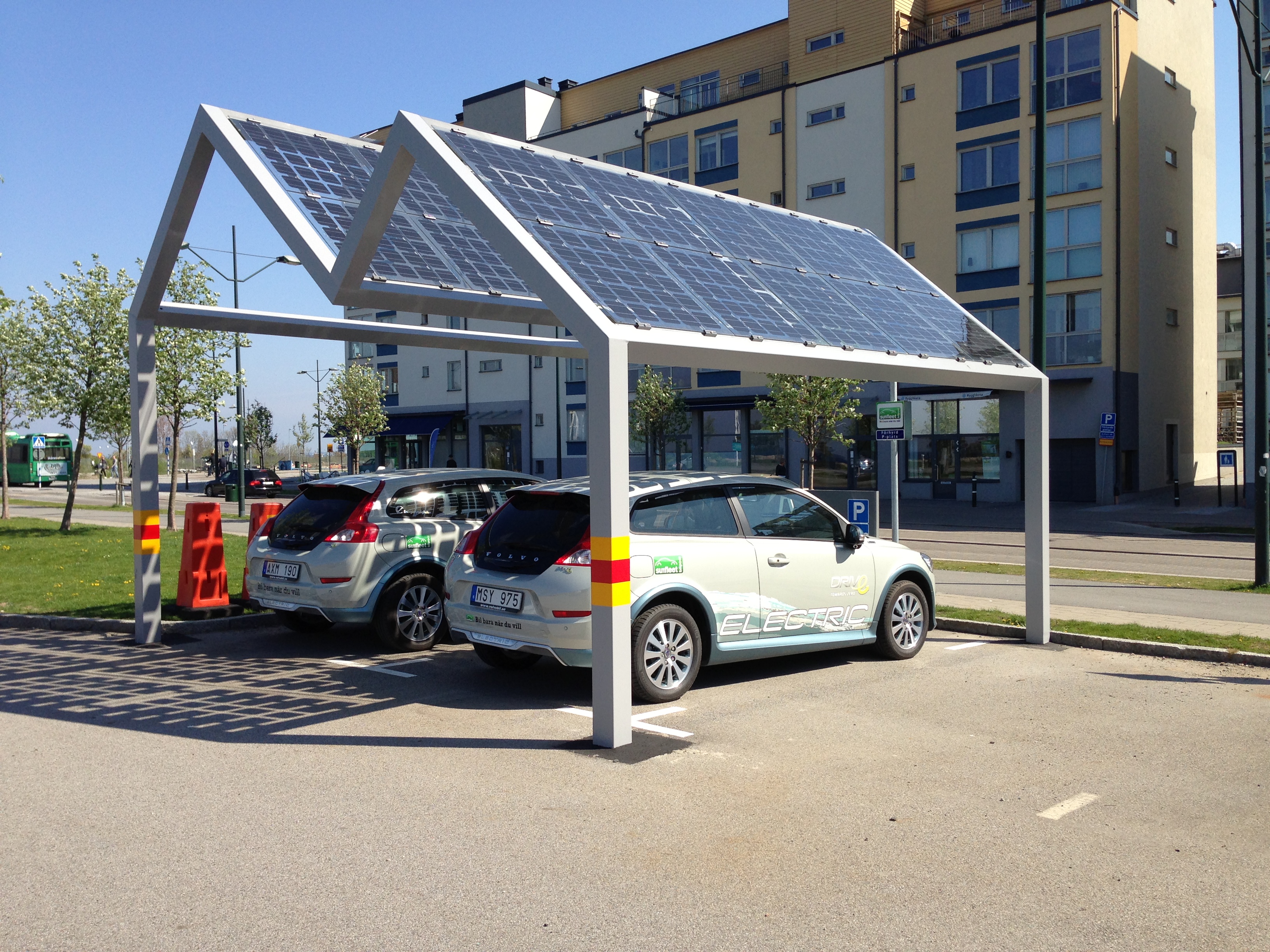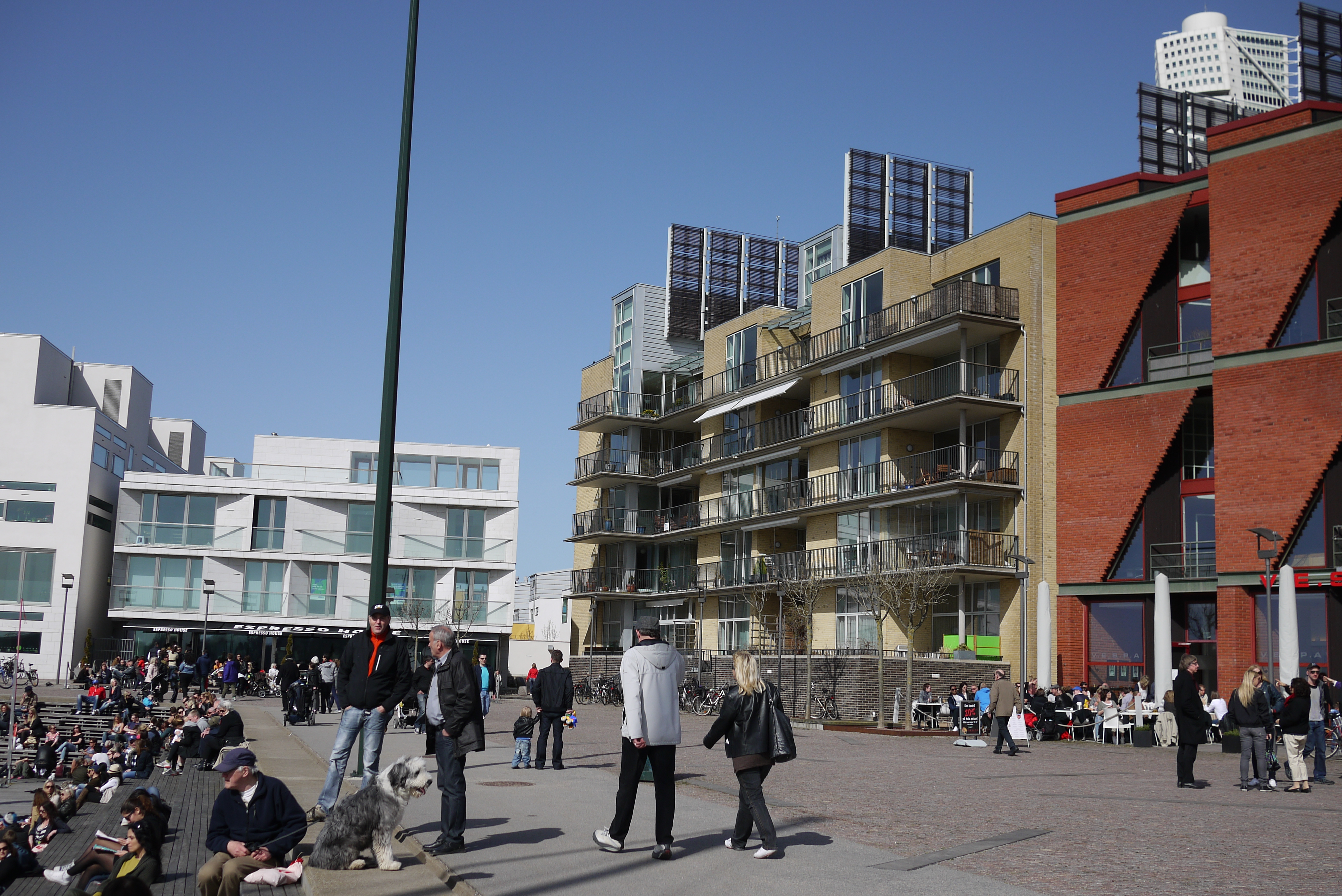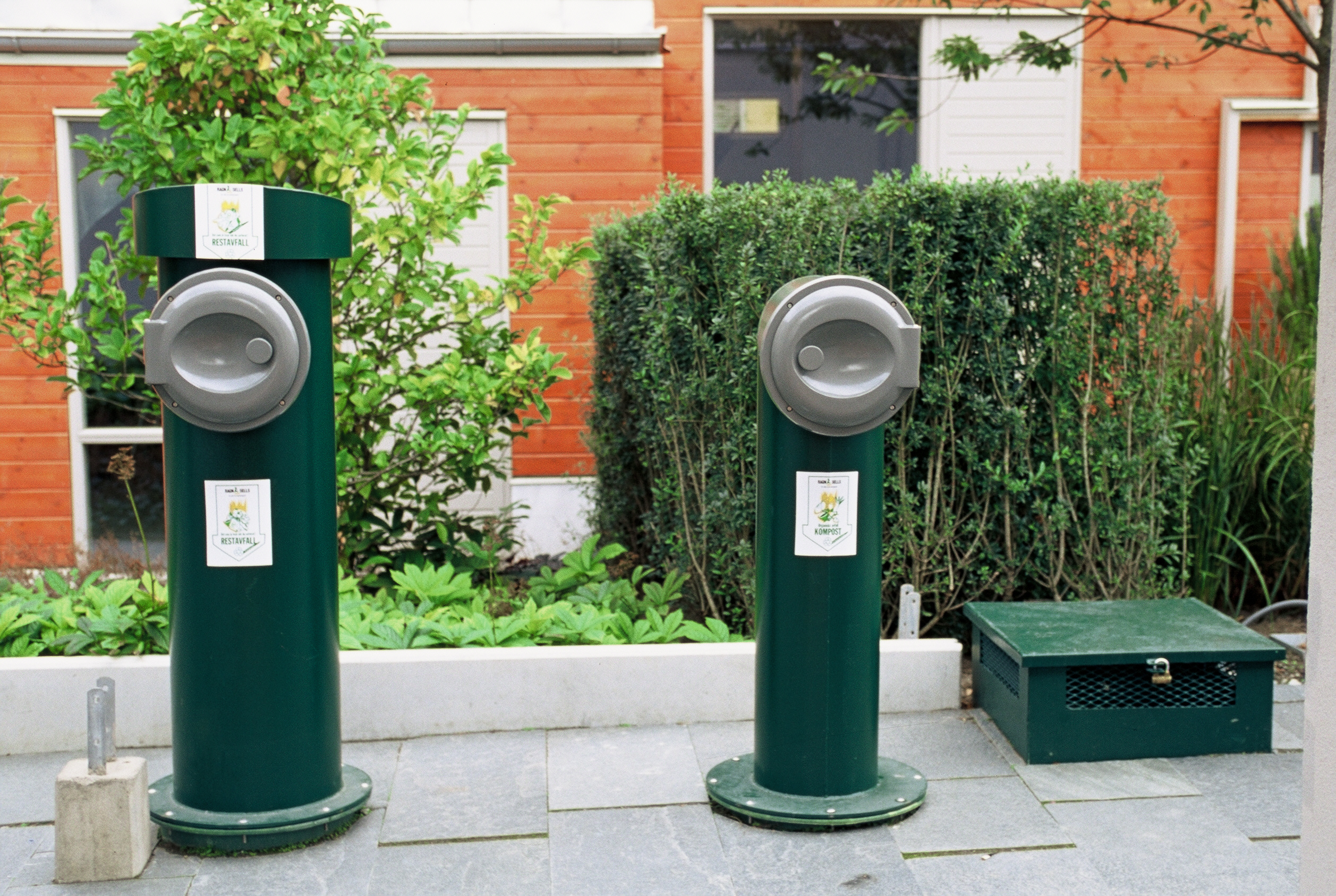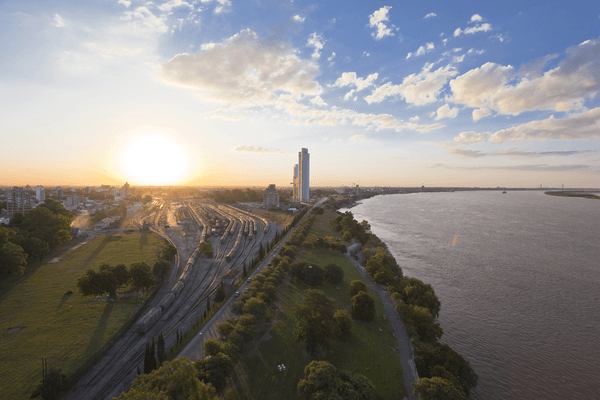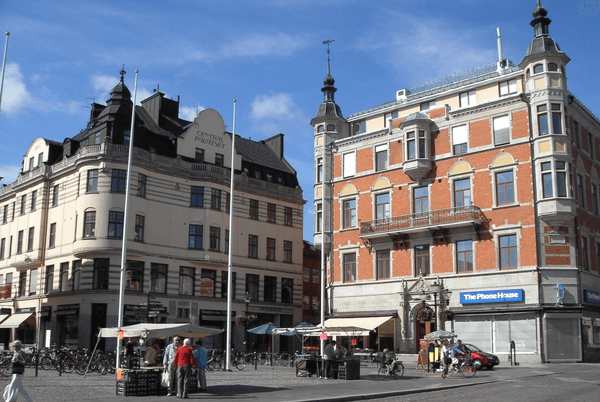Augustenborg – Eco City
The project Ekostaden Augustenborg was launched in 1997 and ran from 1998 to 2002 as an initiative of an extensive urban renovation programme by the local housing company MKB and the industrial estate. Right at the start 400 residents took part in the initial meeting to discuss the programme. Aiming at the transition of the area the project addresses an integrated approach in urban development. Priority was set on the cooperation with local residents as well as numerous stakeholders both in the public and the private sector.
The first step of the project was the renovation of 1,600 apartments by recycling old materials to improve their energy efficiency. Several houses with green roofs, solar panels, and a biogas composting-system linked to the organic house waste have also been erected. To make this happen, the local housing company MKB and the city of Malmö agreed on a joint management contract. This contract contains the following key aspects:
-
renewable energy: producing solar energy and small scale-wind
-
waste separation: aiming a recycling rate of over 70% compliance by installing waste-separation and food composting facilities.
-
green spaces: construction of a 9,000m2 botanical roof garden intercepting half of the total yearly run-off. Despite helping to absorb the rainwater, the green roofs also provide local habitat and biodiversity. The total green space of Agustenborg has increased by 50% since the initiative had started.
-
local flood management: a local sustainable urban drainage system (SUDS) has been designed by a group of residents. This innovative open rainwater channel system protects the neighbourhood from seasonal flooding. Before directing into the new sewage system, the water is collected in natural ditches and reservoirs giving several aquatic creatures a new home.
-
mobility: residents introduced a carpool with eco-friendly cars used for community purpose.
-
participation and learning: all different groups of residents have been involved in the renovation process. Elderly people, immigrants, children, adults, and students discussed the process of change in their social respective units.
Different instruments and policies of good governance have been used in the initiative. The most important instrument was and still is participation. Several community workshops, informal gatherings, and continued information exchanges/dialogues in a community café-house have been held. Citizens have been fully integrated in the process of change and it is estimated that one fifth of all residents actively participated in the “Ekostaden Ausgustenborg”.
Bo01 – City of Tomorrow
The newly built residential area Bo01 (Expo) and redevelopment of the entire West Harbour was initiated by the Malmö’s strong environmental programme, and was controlled through a Quality Programme and Master plan. The Quality Programme sets guidelines for architectural conditions, use of materials, technical infrastructures, and energy efficiency. It was created by the organiser called Bo01AB who also introduced the initial housing exhibition. As a first step land of Bo01 area was released in small development parcels. All new houses were built based on certain environmental standards performing a good material use and energy efficiency. Combining ecological sustainability with human sustainability, the houses’ architectural style was as important as its functionality. Houses were built by 26 various architecture companies.
Sun, wind, and water provide the area with energy. The construction of wind power plants, solar panels, a heat pump, and a water reservoir in the bedrock ensures 100% local renewable energy resources. The 100% is based on the annual cycle meaning that Bo01 borrows energy from the city system at certain periods, whereas it exports energy when it’s producing a surplus. Based on the local energy conditions E.ON developed a unique concept based on 100% locally renewable energy making Bo01 Sweden’s first climate neutral city district.
Other ecological issues similar to Augustenborg are also addressed by Bo01. For example waste treatment, biodiversity, traffic/transport, and environmental communication show similar contents and conditions as they do in Augustenborg.
The entire process of building up a new residential area is scientifically accompanied and evaluated by the University of Lund. The city of Malmö has also engaged in the “building and living dialogue,” a municipal exchange platform bringing building companies and architects together to discuss sustainable urban development.
